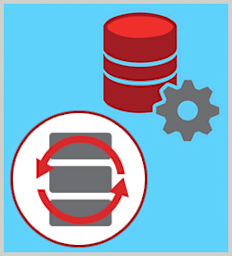
Microsoft SQL Server 2016: High Availability and Disaster Recovery
Course Overview
Data is an important enterprise asset and it is vital that it be protected, retrievable, and highly available. This course covers managing high availability and disaster recovery in SQL Server 2016. This includes configuring and monitoring log shipping, as well as managing shared disks and configuring cluster shared volumes. In addition, this course covers configuring Windows clustering, creating an availability group and distributed availability groups, configuring read-only routing, and managing failover. This course is one of a series in the Skillsoft learning path that covers the objectives for the 70-764: Administering a SQL Database Infrastructure exam.
Target Audience
Database administrators and database professionals
Learning Objectives
- recognize the purpose and benefits of log shipping
- configure log shipping with SQL Server Management Studio
- configure log shipping with Transact-SQL
- describe log shipping management tasks such as adding databases, removing log shipping, failing over, and changing roles
- recognize the tables and stored procedures used for monitoring log shipping
- describe the features and benefits of AlwaysOn Availability Groups
- describe the purpose of the failover process and the available failover modes
- describe the capabilities provided by Windows Server Failover Clustering and its relationship to AlwaysOn components
- describe how high availability is accomplished by monitoring cluster resources
- create a new availability group
- change the failover mode in an AlwaysOn availability group
- configure read-only routing for an availability group using Transact-SQL
- describe the purpose of distributed availability groups
- create a distributed availability group with Transact-SQL
- configure cluster shared volumes
- manage high availability in SQL Server 2016







